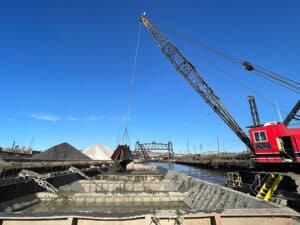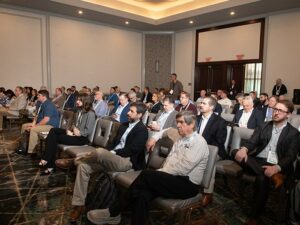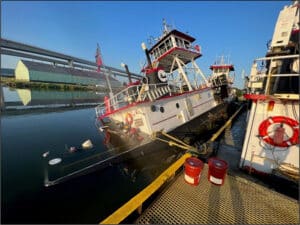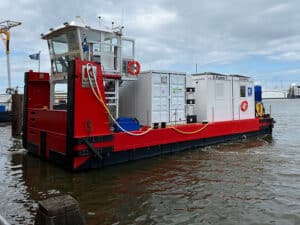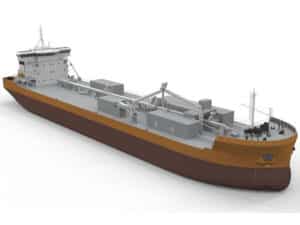
Q&A: Lake Carriers’ Association President James Weakley
Written by Heather Ervin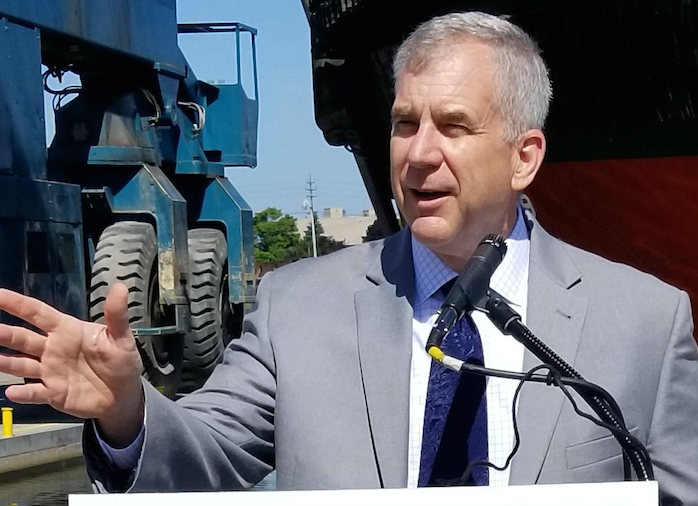
Jim Weakley
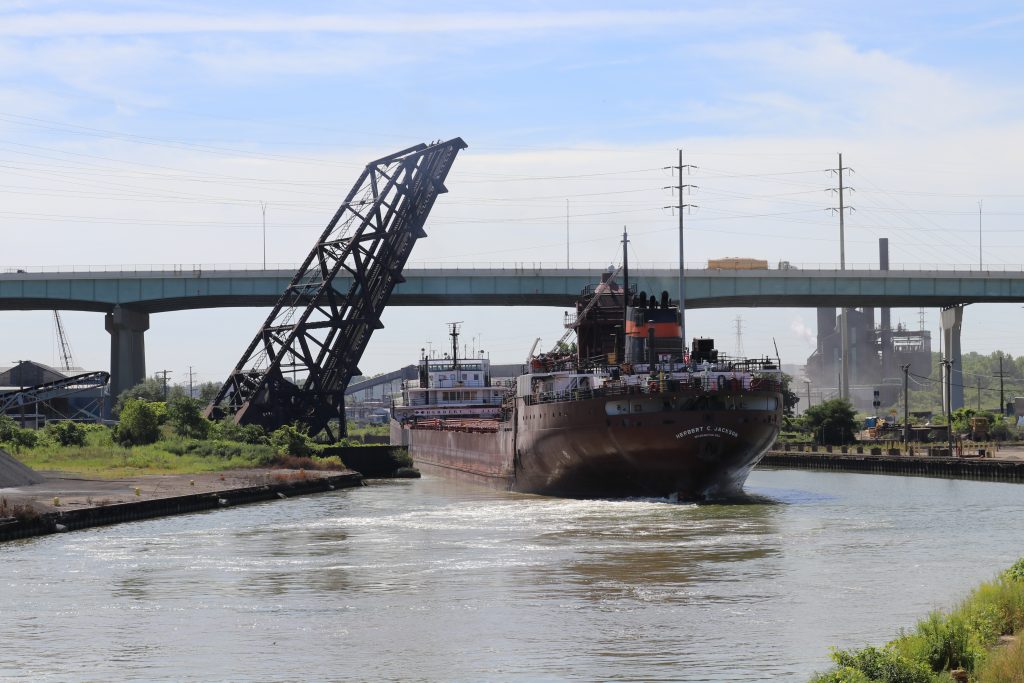
ML: What are some of the top challenges to shipping on the Great Lakes in the U.S. (ballast water regulations, infrastructure, Asian carp issue, etc.)?
JW: Due to insufficient icebreaking on the Great Lakes in three out of the past seven years, maritime commerce has lost over $2 billion and more than 10,000 jobs. The USCG icebreaking fleet has atrophied from 14 ships in 1979 to nine in 2020. The USCG has justified this reduction by modifying performance measures to only count icebreaking in four small waterways, not the Great Lakes in their entirety. That means 46 of our vessels could be stuck for a month in ice in Lake Superior and it would not count as a negative impact to the USCG performance measures. It is insane! With a reduced icebreaking fleet, it is impossible for the USCG to provide reliable and predictable icebreaking assistance across the vast expanse of the Great Lakes. The USCG must be given the appropriate resources to acquire a second MACKINAW-class heavy icebreaker on the Great Lakes to prevent additional damage to the economy. The new ship is needed to connect our communities and ports, as well as facilitate critical shipping and USCG operations across the region.
Last year, Transport Canada published its long-discussed draft regulation on ballast water management to meet their obligation under the International Maritime Organization’s 2004 ballast water convention. Canada is a signatory to the convention; the U.S. is not. This has set up a unique situation in the lakes. Since 2008, the U.S. federal government and the states began regulating ballast water management and discharges. However, U.S. EPA, USCG, and seven of the eight Great Lakes states chose to regulate it differently. But in all cases, including the IMO convention, it was the discharge of ballast water that was obviously the focus. Enter Canada 11 years later. They’ve added a unique twist; they want to regulate the uptake of ballast water, requiring vessels to install treatment equipment even if a discharge will not take place in Canadian waters. This effectively regulates what American vessels do in American waters. The long and short of this is that it makes no sense until you really dig into what the Canadian ploy is, complete economic control of the cross-lakes trade.
By forcing U.S.-flag lakers to install technology incompatible with our vessels and unproven in Great Lakes’ waters, Canada wants to impart a $639 million dollar fee. $639 million is what it will cost to outfit the U.S.-flag fleet with these ballast water management systems. That’s $639 million for technology that has not been shown to work or provide a protective line in the sand against the battle with aquatic invasive species that has been fought to great success in the St. Lawrence Seaway by both the U.S. and Canadian organizations managing the Seaway. Since 2006, no new aquatic non-native species have established in the lakes from foreign ships through the Seaway by the accounts of both governments.
The tool? Ballast water exchange, exchanging freshwater that may harbor Great Lakes-compatible aquatic non-native species from foreign ports with salt water that flushes out the freshwater and what remains is killed by osmotic shock. Transport Canada’s regulation wants to eliminate this successful program and mandate unproven and unsuccessful technology to consummate their economic grab of the cross-lakes trade. They’ve even coined a new term to account for mandating installing systems on vessels they know won’t work: “deemed compliance.” Binational shared waterways require binational cooperation and harmonious regulation and enforcement.
The U.S. Government has taken a geographic approach to ballast water, treating vessels that enter the Great Lakes differently from those oceangoing vessels entering the region. Initial proposals drew the “laker line” at the Welland Canal (connecting Lake Erie and Lake Ontario) or Massena, N.Y., (first U.S. point of entry on the St. Lawrence Seaway). In response to the Canadian industry’s public comments, both the U.S. Coast Guard and Environmental Protection Agency moved their proposed “laker line” to Anticosti Island.
Located in the Gulf of St. Lawrence, Anticosti Island is also the limit of pilotage waters and the line of demarcation for the SOLAS Convention. The IMO convention and current Canadian regulations, allow ballast water from oceangoing vessels to be treated differently from non-oceangoing vessels. The Canadians are now demanding that Canadian-flag vessels calling on the Arctic, Canadian East Coast, American East Coast and even the Caribbean (when they reflag in the winter) be regulated the same as lakers. Those oceangoing vessels have treatment options, design features and risk profiles that are significantly different from Canadian or American lakers. Even though Transport Canada does not require those vessels to comply with SOLAS, they remain oceangoing vessels and should not be considered lakers with regard to ballast water regulations.

